Member Blog: How Can Hemp Businesses Better Self-Regulate?
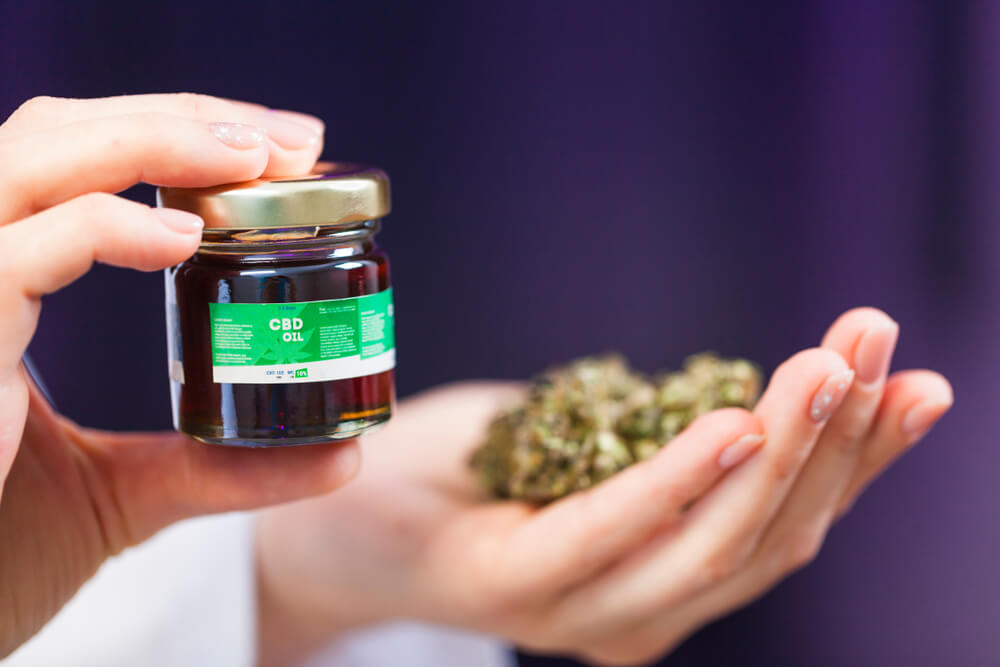
by Lee Johnson, CBD Oracle
The hemp industry is still in its early stages, especially when it comes to emerging products like delta-8 THC. While there is some regulation for hemp products, it’s much less than for legal cannabis, and this gives companies some freedom in terms of how they operate and what they do. For the most part, this is a good thing, but there is a downside too. Our report into the industry found that 76% of delta-8 THC products contained illegal quantities of delta-9 THC. This is terrible for consumers, but it also poses a risk to the industry: if you keep raising red flags, the government will eventually swoop in and take action. This is why self-regulation is a crucial concept for hemp businesses going forward.
Why Self-Regulate?
Self-regulation is crucial for hemp businesses because of the scrutiny the industry faces and to improve consumer confidence. Although CBD is generally accepted, this is especially important for companies selling something like delta-8 THC, which attracts more scrutiny because of its psychoactive nature. With states like Texas attempting bans on the substance and the findings of our report showing that the vast majority of products break legal limits for delta-9, the industry is in serious danger of attracting the attention of more lawmakers who may opt for an outright ban. In fact, there are already 18 states with some form of ban or restriction on the substance.
Jayneil Kamdar, PhD from InfiniteCAL Labs commented to us that: “The current delta-8 THC products on the market are very concerning because there is no regulatory body monitoring the safety of these products.”
In our report, we also found that companies tend to undercut customers on delta-8, that only 14% of companies perform substantial age verification checks and that two-thirds of companies don’t test their products for impurities.
It isn’t that self-regulation would be a cure-all, but if companies opt to act responsibly, it is much less likely that they will attract attention from lawmakers. In addition to this, though, self-regulation sends a strong message to consumers that you care about them and that they will get what they wanted when they buy your products. When this doesn’t happen, people will tell others about it.
The more the industry can mirror the regulations of regulated cannabis companies, the better things will go in the long run.
How Can Companies Better Self-Regulate?
However, “self-regulation” can’t just become a vague, catch-all term for generally responsible business practices: clear recommendations are essential in making this goal a reality. Luckily, our in-depth investigation of the delta-8 industry and other similar investigations into the CBD industry have revealed some key areas companies can focus on.
Provide Transparent Lab Reports with QR Codes
Lab reports are a vital part of building consumer trust, and you should ensure there is a QR code on the report so it’s easy for consumers to verify the report on the lab’s website. 90% of CBD companies already do this, based on our industry analysis.
Offer a Lab Report for Every SKU
Many companies, however, only offer a COA for the base distillate, rather than every specific type of product it produces. If you sell vape cartridges, for instance, you should have a report available for each variation in flavor, strain, and potency.
Choose Credible Labs for Your Report
Not all labs are equal. If you get a report from a questionable or unknown lab, savvy consumers will still be wary of your product, and in some cases, the results may be unreliable. It’s best to choose a lab with a strong reputation, such as ProVerde, Anresco, SC Labs, InfiniteCAL, and CannaSafe.
Test for Impurities
With two-thirds of delta-8 companies not lab testing their products for impurities, this is a good way to stand out in the marketplace as well as good practice in general.
Verify Customer’s Ages
With most CBD companies not performing robust age verification checks, using a credible age verification system such as AgeChecker is a great step towards self-regulation. They stay up to date with FDA requirements, state laws, and merchant account policies, so you can set it up and then continue basically as normal. This is especially important for delta-8, but it’s also crucial for higher-strength CBD products too.
Label Your Products Accurately
What you claim on the label should be what’s in the product. Lab reports help you verify that this is the case.
Warning and Caution Labels
Only about 55% of hemp delta-8 companies use a warning label, but this is another key part of self-regulation. Suggested verbiage includes:
- This product should be used with caution when driving motor vehicles or operating heavy machinery.
- Use this product under the guidance of a physician if you have a medical condition, are pregnant or lactating.
- Keep out of the reach of children.
- This product was manufactured from hemp material that meets federal requirements for hemp products; however, consumption may be flagged by some drug tests.
- Use with caution if subject to urinalysis.
Use Child-Proof Packaging
The CDC recently raised an alert about children accidentally consuming delta-8 products. Using child-proof packaging is an easy way to prevent this from happening.
Avoid Child-Attractive Packaging
This goes hand-in-hand with the above, but also, having your products that look like a bag of Cheetos or anything along these lines is not a good look.
Avoid Medical Claims
Although many people opt to use delta-8 and CBD for medical purposes, if you’re selling the products, making medical claims that might not meet official organizations’ standards of proof is simply a terrible idea. Leave it to your consumers to determine.
Get Industry Certifications
Getting certified by an organization like the U.S. Hemp Authority is a great way to show your customers that you’re one of the responsible companies.
Conclusion
Self-regulation really just means taking a few basic steps to establish to both customers and politicians that you’re running a legitimate business which does what it claims to and is socially responsible. It might increase costs in the short-term, but over time and especially as consumer knowledge increases, it will pay off many times over. And the next time there’s a situation like what happened recently in Texas, the industry will have a much easier time defending its practices.
 Lee Johnson is a writer at CBD Oracle who has been covering science, vaping, and cannabis for over a decade. He focuses on research-driven deep dives into topics ranging from medical uses for CBD to industry and user statistics, as well as general guides and explainers for consumers. He is a passionate advocate of both CBD and cannabis, and a strong believer in informed choice for consumers.
Lee Johnson is a writer at CBD Oracle who has been covering science, vaping, and cannabis for over a decade. He focuses on research-driven deep dives into topics ranging from medical uses for CBD to industry and user statistics, as well as general guides and explainers for consumers. He is a passionate advocate of both CBD and cannabis, and a strong believer in informed choice for consumers.
CBD Oracle is a consumer research company working to improve the safety and transparency of cannabis products, producing in-depth statistics on CBD and cannabis, detailed research pieces and analysis of social and legal issues.
Committee Blog: Streamlining Your Cannabis Packaging Process – Four Steps For Success
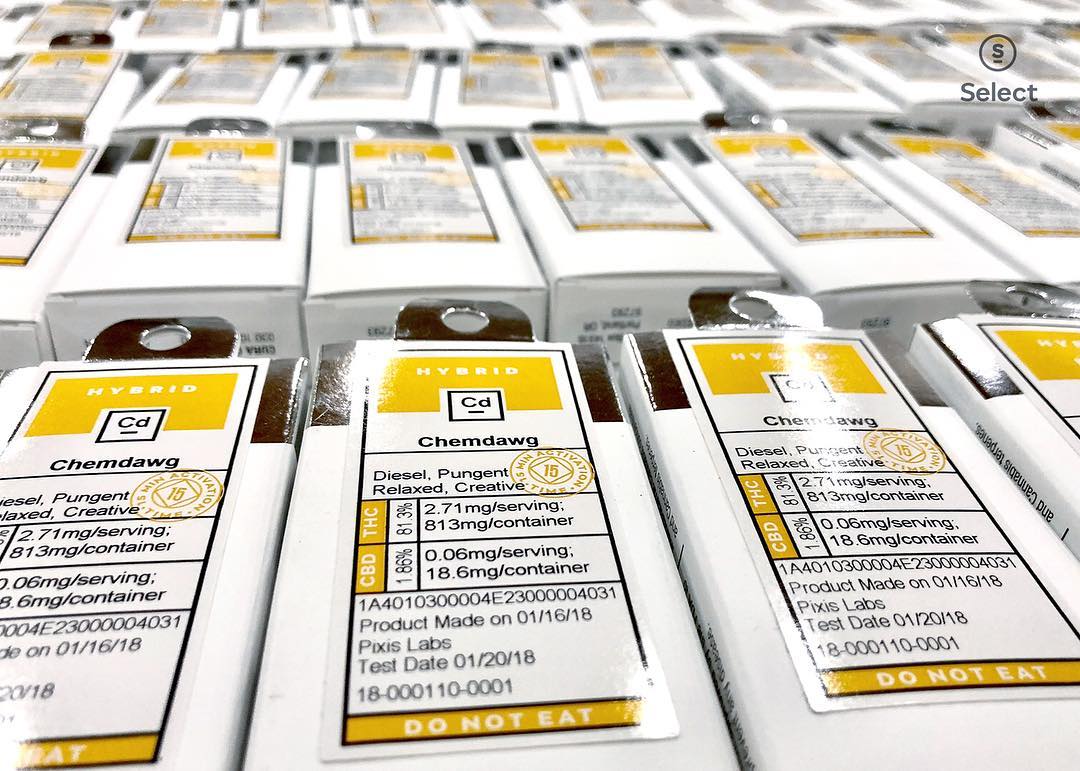
by NCIA’s Packaging and Labeling Committee
Mauria Betts, Potency Branding, Brian Smith, Satori Wellness, and Lisa Hansen, Plaid Cannabiz Marketing
The beginning of a new year brings an opportunity to take stock of your cannabis business and ensure you’re doing everything possible to succeed. And because packaging is such a critical piece to brand wins and losses in this market, now is an ideal time to evaluate your process. It’s absolutely possible for your cannabis packaging to stand out while staying operationally efficient, it just takes careful planning. Get started with these four steps to streamlining your cannabis packaging process.
Step 1: Look for Flexibility
Rules and regulations for the cannabis and hemp industries are continually evolving. Streamlined cannabis packaging and labeling should accommodate data that changes regularly—as well as any required content that may be revised in the future. Always leave space on your package for legibly printed variable data (state-mandated warnings, potency, testing results, etc.).
Utilizing secondary labels are often an unfortunate necessity of cannabis packaging. However, if these additional labels are composed creatively, they can actually serve a functional purpose and enhance the package design. A great example of this is a well-designed label that offers messaging while making the package tamper-evident. If possible, consider using an on-demand printing system on pre-printed label stock to minimize material cost and waste.
Step 2: Confirm Compliance
Now that you’ve dialed in your packaging options and are confident you can be agile with information, it’s time to ensure your product is compliant with state regulations. Brands with non-compliant packages can have their products pulled from store shelves or even face fines from state regulators. Re-printing labels or packaging can be very costly in print, labor and time.
Confirm that your package or label includes correct warnings, universal symbols, and produced with the correct material thickness and opaqueness if necessary. Edible products may need to include allergen information and other FDA requirements. Many states require tamper-evident or child-resistant packaging. Verify that your packaging container is compliant by requesting child-resistant certification from your supplier, or check to see if it is already on your state’s pre-approved packaging list.
It is highly recommended that brands don’t rely on their own interpretation of the laws. Consulting legal counsel is well worth the investment of confirming your packaging meets all the necessary requirements.
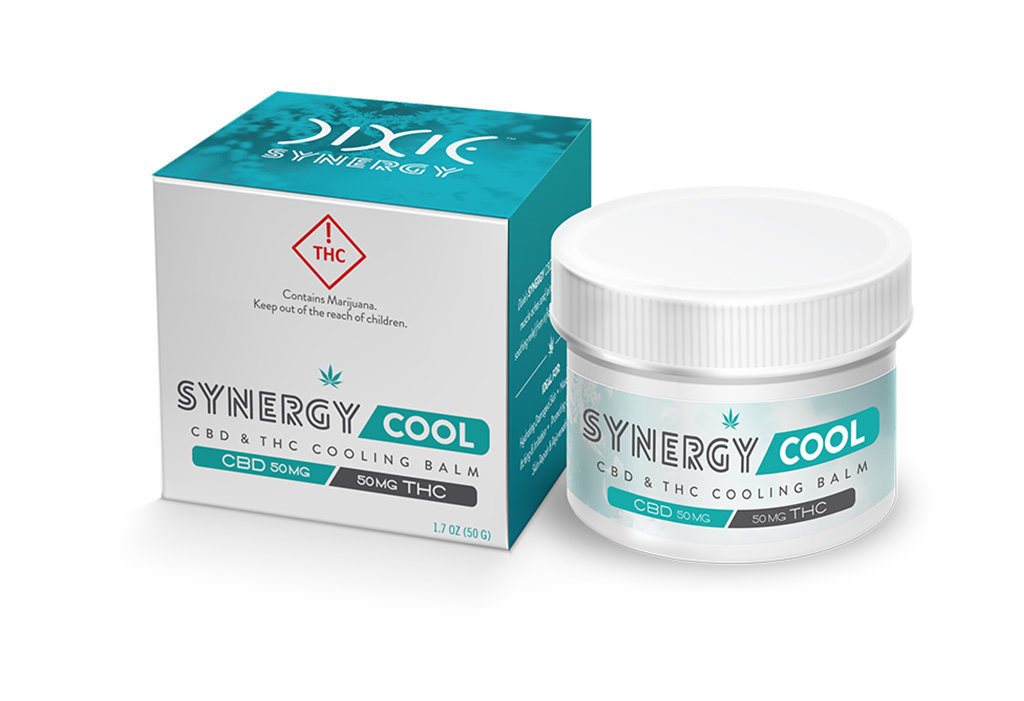
Step 3: Efficient & Effective from Sale to Shelf
Key to streamlining the packaging process is making sure your packaging is efficient and effective from the time you sell it, to the moment it’s merchandised on shelf. This relates to both the process of packaging your product and protecting your profits. Being efficient and effective with packaging will have a significant impact on your bottom line.
We suggest brands design their packaging to fit the size of the item. Oversized packaging costs more and can be misleading to the customer. In addition to selecting an appropriately sized package, brands need to accurately determine the labor cost associated with packaging options. Adding a sealed pouch for a pre roll takes labor hours. Consider the amount of time it takes to package a single product in comparison to the wholesale unit price. It’s easy to overdo packaging for a small profit margin. Make sure to test prototypes or samples with your production team or partners before you order a large quantity of packaging or labels.
It’s essential to understand what the package will be subjected to once it leaves your facility. If at all possible, consult with existing distribution associates or wholesale customers for their input before investing in packaging. For example, your retail clients may prefer to display their products utilizing slat wall, which means that peg holes would be a valuable consideration to your package design.
Another consistent issue is knowing how dispensaries store your product in the back of house. If you have big mylar packaging for a small item, organizing those in bins, drawers or big safes becomes a mess down the line. Wholesale cannabis producers can also benefit from a primary panel label paired with a child-resistant container or mylar bag to streamline their distribution or sales process.
Step Four: Timing is Everything!
Advice we consistently offer brands? Understand your production timeline before you place any packaging order. Think about the implications of ordering stock or custom containers, and your shipping options. While custom containers and labels ensure differentiation in retail stores, they may take longer to produce than ordering off the shelf solutions. Processing art, approving proofs, production and shipping will all impact how fast your product can get to market.
Packaging shortages in the cannabis industry are widespread so if you do decide to use stock containers such as glass jars or child-resistant tubes, make sure to place an order far in advance or well before you run out of packaging. Having a plan B can also be helpful. Ordering custom packaging may take longer, so stock items (like a label on a pouch or pop-top) can be used in the interim and may also be used for samples.
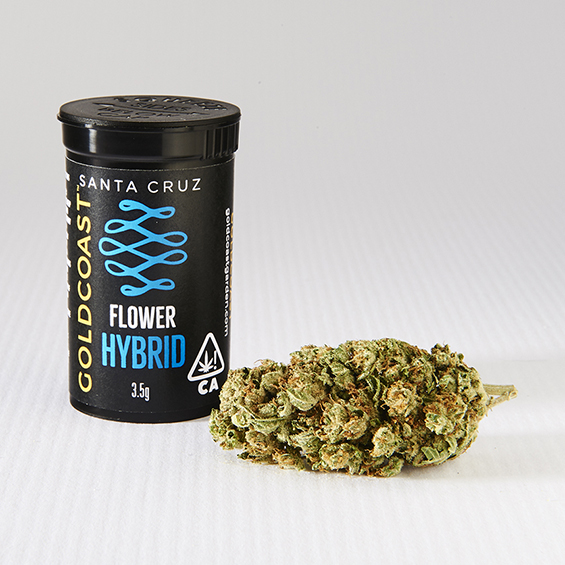
One Last Tip
It’s always smart to network with other brands that have similar packaging challenges to you. If they are willing to share them, lessons learned in the market are invaluable to brands making packaging decisions. Doing your fair share of market research by seeing what’s working in retail can also guide you in the right direction.
Have any tips yourself? We’d love to hear them in the comments!
Member Blog: Raising The Bar – Setting New Standards and Building Public Trust
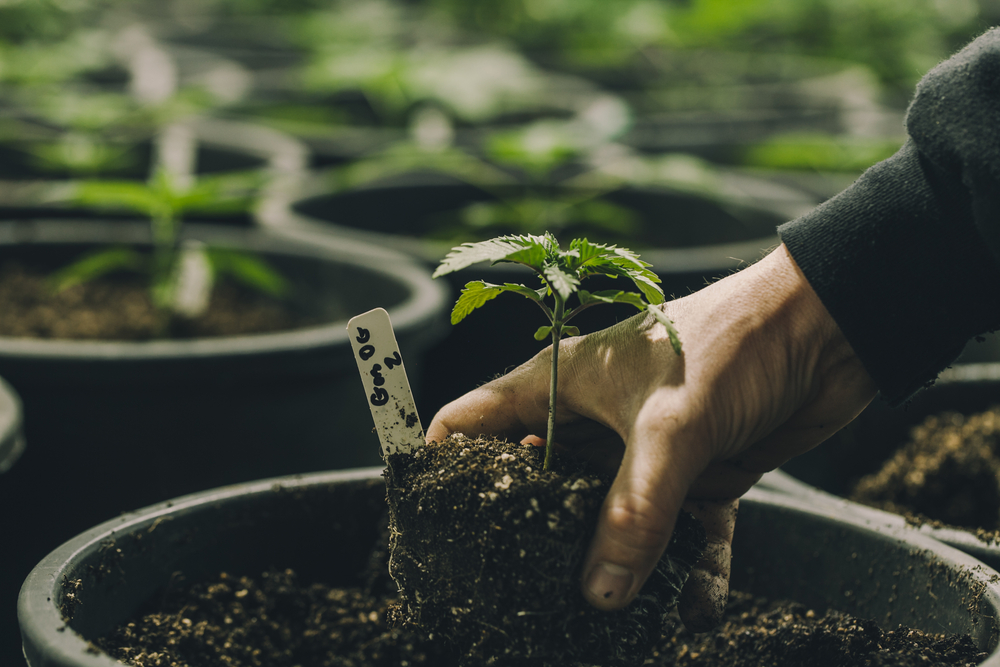
by Jill Ellsworth, MS, RDN, CEO and founder of Willow Industries
In 1991, professors Harry G. Levine and Craig Reinarman published an article in the healthcare journal The Milbank Quarterly titled, “From Prohibition to Regulation: Lessons from Alcohol Policy for Drug Policy.”
In their study, they note the quiet effectiveness of an industry that has regulated itself without issue since 1934.
“The leaders of the major alcohol industries, just like other members of the economic establishment, have a strong investment in maintaining order and obedience to law. Now, many decades after national alcohol prohibition ended, it is easy to forget that all this was the outcome of self-conscious public policy and not the ‘natural’ result of market forces or national zeitgeist.”
As recreational cannabis laws continue to evolve, our industry—everyone from cultivators to regulators to entrepreneurs—continues to navigate uncharted territory. As we do, we would be wise to lean on the lessons of history and those responsible for managing and maintaining the alcohol industry in guiding our future. Here’s what my study of history leads me to believe:
Regulation Standards Must Do More to Protect the Consumer
I once had an English teacher who doled out chapter quizzes rather than assigning a culminating test or paper after we’d finished the book. Cram for the quiz by reading a CliffsNotes synopsis, or interrogate your more well-read friends on chapter highlights and chances were you’d pass the quiz.
It’s not unlike today’s state testing policies in which cultivators can breathe a sigh of relief knowing that if they simply do what’s needed to ensure the sample they have submitted for testing passes, their entire strain is in the clear.
The result of these kinds of regulations is a frenzy of activity focused on what’s needed to pass, rather than a shift in behavior focused on producing an altogether better product that is cleaner and safer for the consumer. A similar story goes for process validation. Submit batches for testing over a series of weeks and a passing grade ensures that your cultivation process can be considered “contaminant free.”
If our ultimate concern is public health, regulators should consider avenues that result in testing more product, more often. While there are certainly roadblocks that make this far from easy—namely the cost to cultivators and availability of labs for testing—steps in this direction would signal to consumers that shortcuts and workarounds won’t be tolerated.
An FDA-like approach to health and safety are needed to reshape our industry
Levine and Reinarman note that at the time of the prohibition repeal, producers of alcohol, “had to be regulated to ensure that products were safe and of a uniform alcohol content.” These regulatory efforts, “directly reshape[d] both an entire industry and the conditions under which its product are consumed.”
Sounds familiar. While state laws are slowly shifting to allow for greater medical and recreational use, the laws that shape the conditions under which cannabis can be cultivated, sold and consumed are still in flux. Not only do we have to add our voice to the conversation as those laws are being shaped, in doing so we have to advocate for both the industry and the consumer—with lawmakers and in public forums—showing our commitment to safety and uniformity.
That means instituting strict yet sensible FDA-like requirements that center on production, procurement and handling, as well as manufacturing, distribution and consumption of the finished product. It also means implementing common-sense standards like wearing protective gear in our grows, conducting regular analysis of critical control points like storage, packaging and distribution areas, and instituting a contamination kill-step before cannabis extraction is complete.
Reshaping the conditions in which we operate and aligning them with standards already in place for like-minded industries will do for us what it once did for alcohol: move us from an industry continuing its uphill battle for legitimacy to, “something routine and manageable, a little-noticed thread in the fabric of American life.”
We must recognize our responsibility and be conscious of the impact of our choices
Our industry is overflowing with individuals who treat cannabis not as a career, but a lifestyle. It isn’t just about the plant itself. We embrace it for what it represents and how it reflects our core attitudes towards humanity and our planet. Now it is also affording us the opportunity to make a profit in a legal and legitimate way.
As tempting as it is to be swayed by potential profitability, we can’t afford to lose ourselves in the process. Like the leaders of the alcohol industry, we have to be self-conscious about the precedent we are setting. If we can balance passion with profit, we can take pride in being pioneers who reshaped our country’s attitudes on cannabis.
If we take this moment for granted, if we fail to responsibly grow and sell our product, we do more than just damage our businesses; we lose the ability to influence lawmakers and further sway public opinion. Rather than driving cultural change, we will be at fault for failing to take advantage of a moment ripe for change. Now is our time to create our legacy and set the standard for years to come; to evolve our industry from legal to legitimate by being its leaders.
If we play our cards right today, our country may look back at this moment, as Levine and Reinarman suggest, and judge our previous attitudes towards cannabis prohibition much like alcohol prohibition, “repressive, unjust, expensive and ineffective.” With history as our guide, we have a chance to shape our future. Let’s take advantage of it.
 Jill Ellsworth is CEO and founder of Willow Industries, which uses ozone-based technology to clean and purify flower and trim while maintaining a plant’s medicinal properties.
Jill Ellsworth is CEO and founder of Willow Industries, which uses ozone-based technology to clean and purify flower and trim while maintaining a plant’s medicinal properties.
Jill is a Registered Dietitian Nutritionist (RDN) with a Master of Science in nutrition, dietetics, and food science.

 Lee Johnson is a writer at CBD Oracle who has been covering science, vaping, and cannabis for over a decade. He focuses on research-driven deep dives into topics ranging from medical uses for CBD to industry and user statistics, as well as general guides and explainers for consumers. He is a passionate advocate of both CBD and cannabis, and a strong believer in informed choice for consumers.
Lee Johnson is a writer at CBD Oracle who has been covering science, vaping, and cannabis for over a decade. He focuses on research-driven deep dives into topics ranging from medical uses for CBD to industry and user statistics, as well as general guides and explainers for consumers. He is a passionate advocate of both CBD and cannabis, and a strong believer in informed choice for consumers.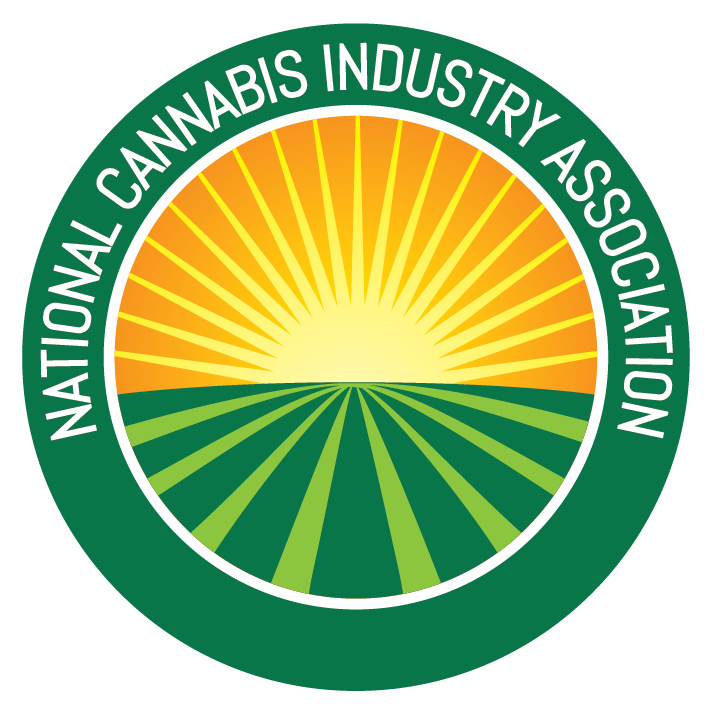




 Jill Ellsworth is CEO and founder of
Jill Ellsworth is CEO and founder of